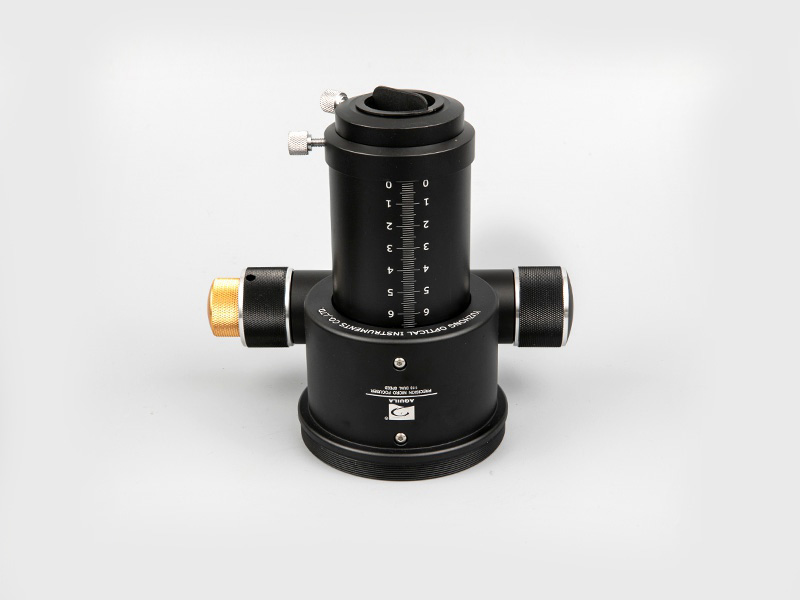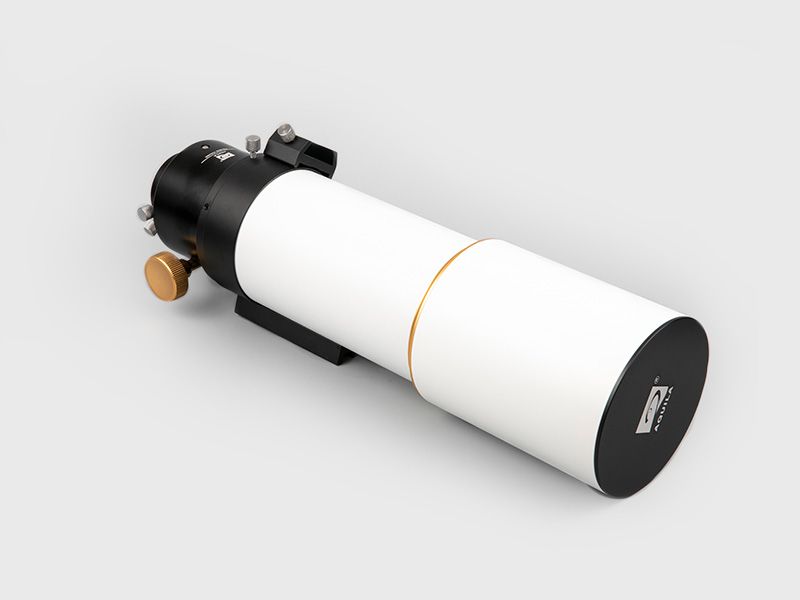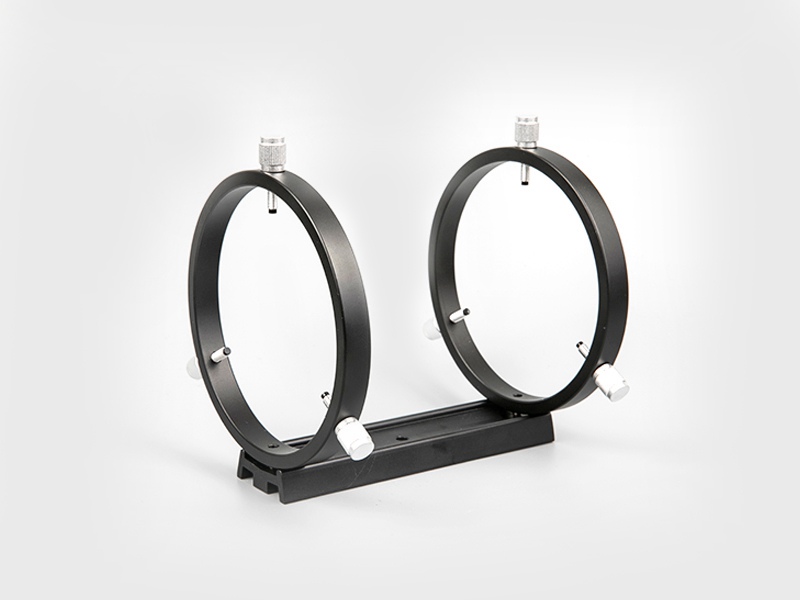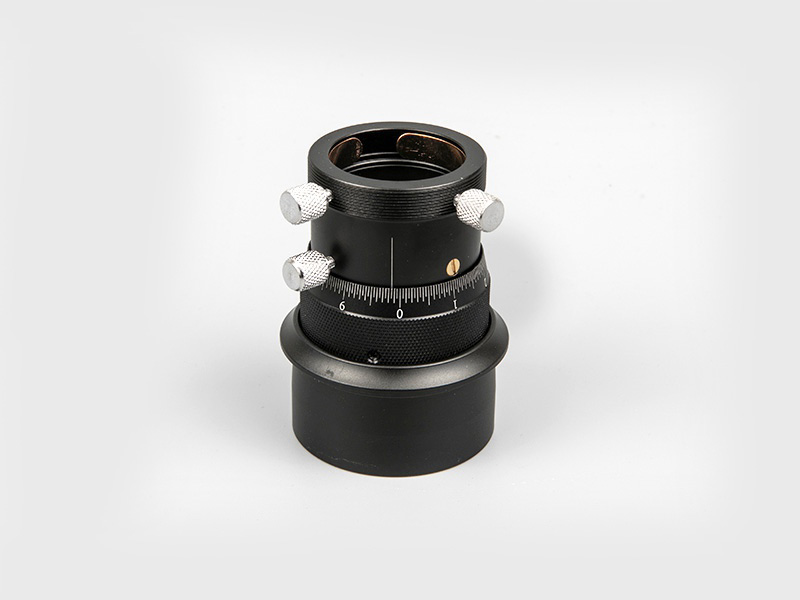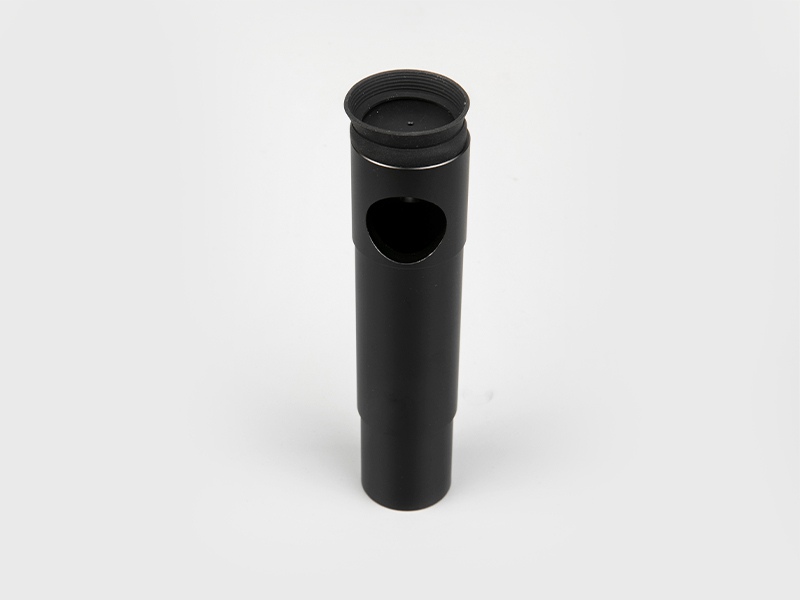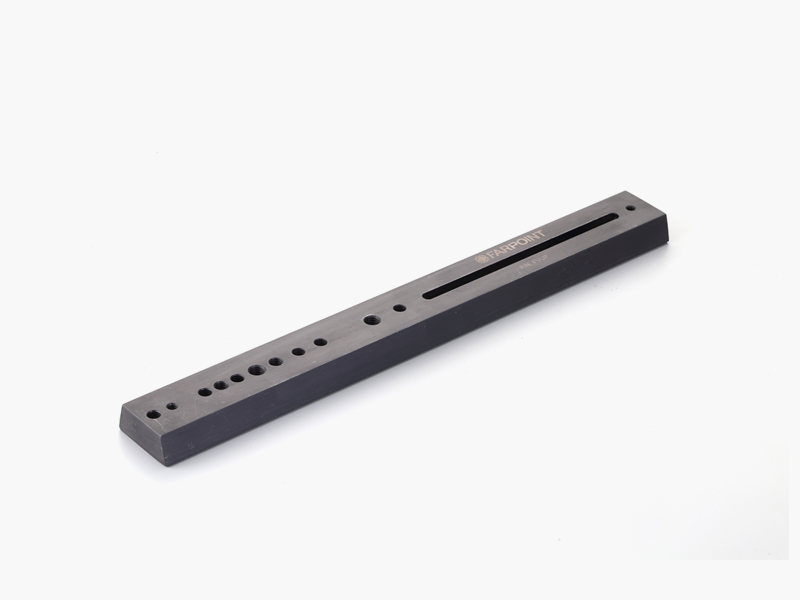1. Image quality
Workmanship and materials: High-quality imaging requires high-quality materials and sophisticated processing techniques (including strict quality control), nothing else is more important! In addition, good imaging requires complex optical design and a relatively large number of lenses (multiple objective lenses and eyepieces). The best telescopes have more lenses, more expensive optical materials, and more optical surfaces, all of which must be precisely machined. All these lenses must be installed accurately and firmly and reliably, and will not shift due to vibration. All moving parts must be smooth and precise, whether they are new from the factory or have been used for many years. All of these make it more costly. At present, a truly high-quality pro-prism telescope costs about $250 or more, but for a more complex roof prism telescope, the price of a telescope of the same quality is about $700-1000 (we ignore it here) Durability, generally speaking, roof prism telescopes are more durable. Of course, the performance difference of various telescopes at the price of $250 is much greater than that of products at $1,000.
Objective lens diameter: the diameter of the objective lens in millimeters. In the case of the same quality, the larger the objective lens, the more clearly the details can be seen. In theory, the larger the aperture, the higher the resolution. However, the "Ruili Criterion" that is universal in physics is not very suitable for surface objects like birds. Similarly, the larger the aperture of the objective lens, the stronger the light collection ability. The eyes respond to the energy of light, and the energy entering the eyes directly affects our ability to distinguish details. Generally speaking, the larger the caliber, the more energy enters the eye, and the more helpful it is to distinguish. More details, more light... It all requires a larger caliber. However, a high-quality small objective lens of even 20mm can provide surprisingly satisfactory images in the field, especially in the case of good daylight and close distances. For ordinary field observations, 30-35mm can already provide enough detail, unless it is under extremely harsh light conditions. In fact, at the usual bird-watching distance (40-60 feet), almost all telescopes look good (only by directly comparing each other can you tell the advantages and disadvantages). If you need good performance under various conditions, then you need a 40-50mm objective lens (the so-called "full size", 20-29mm is a "pocket size" portable telescope, 30-35mm is a medium size telescope, translator Note)
A full-size telescope is required under three conditions: the distance is more than 150 feet, especially for small birds the size of a sparrow, the large objective lens can show the difference from the small aperture. This is not a simple resolution issue, although resolution may have some effect. You can see more colors at this distance. The large-aperture objective lens gathers enough energy to stimulate the color-sensing cells, while the small-aperture telescope looks slightly gray. It is more obvious when the light is insufficient and the distance is far. It should be said that this gap also exists in short distances, but it is not so obvious. When you are observing the dark woods, especially part of the field of view is in the light, the large objective lens helps to distinguish the details of the dark part of the object. The last situation is in bad light conditions such as dusk and dawn. Although this condition is often regarded as the main advantage of large-aperture telescopes elsewhere, it is actually the least frequently encountered. At a medium distance, a good 23mm telescope performs similarly to a 50mm telescope. The advantages of a large-aperture telescope are only reflected in the following: 50mm telescope can observe 5-10 minutes early at dawn and 5-10 minutes longer at dusk, or The same details are observed at a slightly further distance. For the multiplier (7-10 times) of the handheld telescope, it is difficult to provide more details for the objective lens aperture larger than 50mm.
Coating technology: The impact of coating on image brightness and sharpness is almost as important as the lens itself. Every glass surface reflects the light that should have passed through. The reflection of these rays inside the lens barrel and between the lenses will destroy the color, detail, and contrast of the image. Single-layer coating (C) reduces the reflected light by coating a layer of magnesium fluoride on the glass surface. Full-surface coating means that there is an antireflection coating on all surfaces, which greatly improves the image contrast. Multi-layer coating (MC) means that some surfaces are coated with multi-layer coating, the contrast will be better. Full-surface multilayer coating (FMC) means that all lens surfaces are coated with multilayer coating. Some manufacturers, such as Lycra, even use a single-layer coating on the outermost lens surface of even the most high-end telescopes. It is said that the specially designed single-layer coating is more durable and can prevent scratches, and the light reflected from the outermost surface will not significantly affect the image contrast. I have no way to verify their theory, because I can't get two other telescopes that meet the conditions to test. All these differences are not absolute, the same is MC, C, or FMC, some telescopes are better than others. The best FMC 8×20 portable telescope looks brighter and sharper than the poorly coated 7×35 telescope. A good coating can also enhance the telescope's ability to observe objects in the dark. Some telescopes do a good job in these aspects. A 30mm telescope can reach the capabilities of an ordinary 40-50mm millimeter telescope.

 English
English 日本語
日本語 Deutsche
Deutsche España
España
